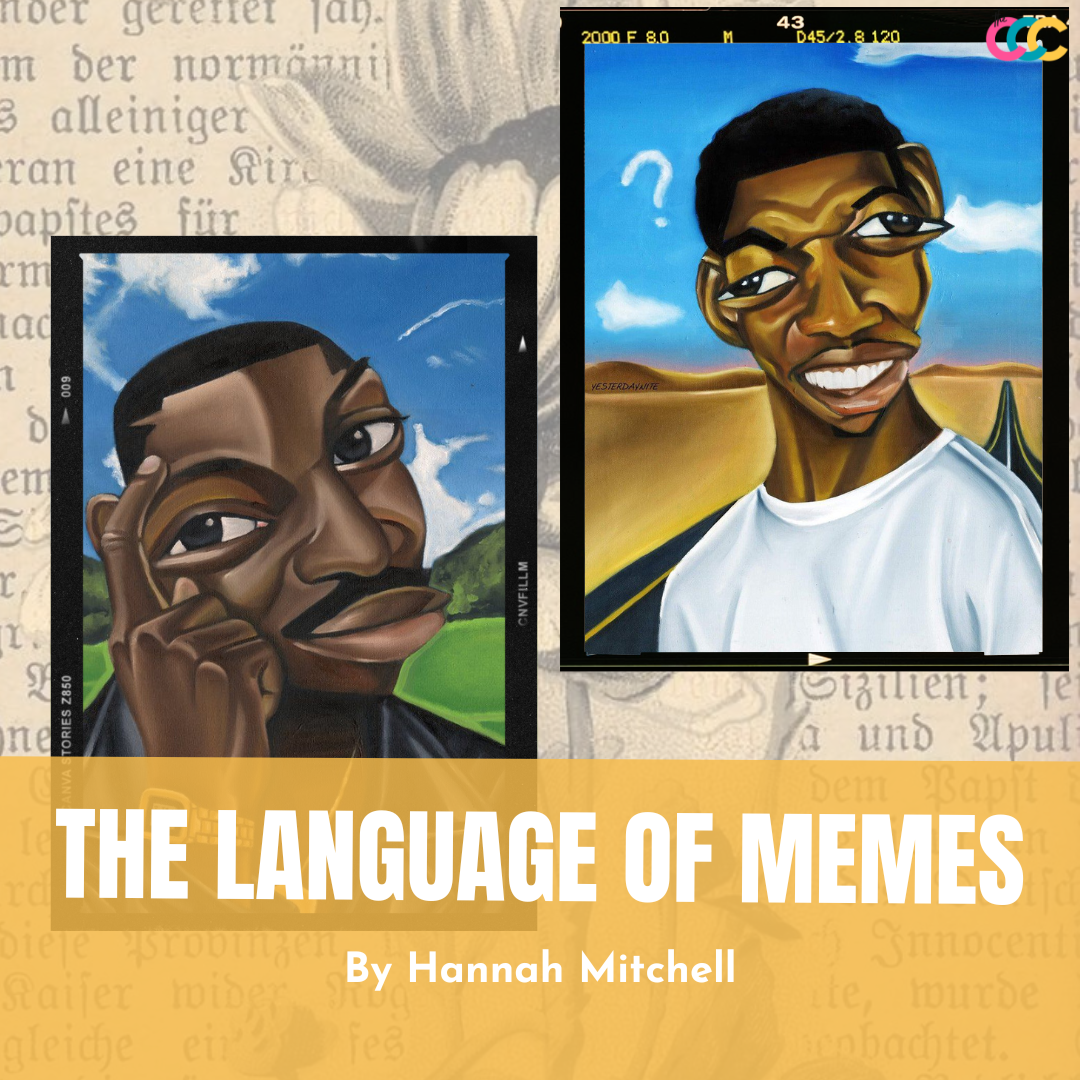”
Written byHannah Mitchell
“In a time of relative isolation, it was a saving grace. I was able to connect with others with the same sense of humour, with those who (mostly) perceived the world in a similar way.”
In the beginning of lockdown in 2020, I wasn’t doing too great. I’m sure I wasn’t alone – here we all were, whacked with the unpredictable chaos of life with a sharp and sudden slap in the face, desperately clinging to some semblance of life as it was “before”. The arrival of COVID-19 was just one of the changes in my life at the time. I had ended a relationship days before lockdown, moved back to my childhood home and was starting university after taking some time off. Lockdown was less of a slap to the face of my comfort zone, and more of a pummelling to a battered and bruised body from a WWE fighter.
It was a recipe for disaster. My somewhat extroverted self craves human interaction – and as much as I adore my parents, the idea of not conversing regularly with anyone under the age of 30 indefinitely made me feel a tiny, wee bit panicked.
Yet, there it was – a beacon of hope – an invite to an Instagram meme group. I’ve always considered myself a bit of a meme connoisseur, so I accepted without a moment’s hesitation. In a time of relative isolation, it was a saving grace. I was able to connect with others with the same sense of humour, with those who (mostly) perceived the world in a similar way. The members came and went, friends were added, and friends added friends. It became a little community – a safe space of sorts, where we could find an escape from the turbulence of the world around us.
Was it the memes themselves, or the constant exchange with others that made something as seemingly stupid as a meme group my sanctuary during lockdown? I’d like to think they aren’t mutually exclusive. Memes are an art form, a method of communication of both concrete and abstract, a way to see lightness in serious situations. They are a form of self-expression, much like a poem or a painting. Perhaps they aren’t as perfectly refined, nor as outwardly meaningful – but that’s exactly where their inherent power lies.
“Memes are an art form, a method of commu-nication
of both concrete and abstract, a way to see lightness in serious situations.”
Now, hear me out – I know, it’s easy to dismiss memes as just that – memes. Jokes. Pets acting like humans. Teenagers being stupid. But the language of memes has many dialects, and these dialects allow us to relate to others in a way that would’ve been impossible before.
Meme culture cannot be seen as a monolith: there are normie memes, ironic memes, surreal memes, deep-fried memes, cursed images, whisper memes, edits, shitposts, wojaks and certain TikToks – to name a few. There are memes for Formula One stans and philosophy majors. Got a certain obscenely niche subculture? There are memes about that.
South Africa’s meme culture is renowned. Twitter tends to be pumping with witty one-liners and reaction pictures. Following Cyril’s blip with putting on his mask in early lockdown, stickers of him were circulating around WhatsApp within moments. Booze ban? Before the speech was over, Reddit threads had memes detailing the infamous words: “with immediate effect”.
Meme taste also differs from generation to generation: Gen Z’s memes tend to be buried in layers of absurdity and niche pop culture references, and boomer memes tend to be more concrete; a more traditional form of humour. Memes are possibly the most accessible form of art and communication in the modern era – a symptom of the unprecedented connectivity the internet has given us.
Art has manifested itself in a variety of ways throughout the centuries. Early humans etched details of their existence onto cave walls; ancient cultures sculpted figurines and statues from both clay and precious metals. Yet, what solidifies the importance of these pieces, beyond the aesthetics and the craftsmanship, is how they echo history. Art is intrinsically tied to the human experience, reflecting the varying perceptions of existence at any given point. Memes are no different.
Of course, meme culture, much like art, is not without criticism. Intellectual property debates still rage, from the proposed EU laws to small pages demanding credits after their memes were stolen by pages with considerable followings. Memes in certain holes of the internet, like 4chan, tend to reek of racism and sexism.
I’m certainly aware that some of you might dismiss this as an over explanation. I can see where you might be coming from, honestly: it’s difficult to believe that memes, especially the pretty weird ones – have any sort of cultural or anthropological meaning.
But they do. They might be a little wacky, they might be a little absurd. But even the most abstract art has a meaning that can’t always be seen at first glance. Add a little context, and you’ll find that memes are a lot more than just some words on an image. They’re a form of expression, and by underestimating them, you might just be missing out on an insight into pop culture like no other.
~
For more of our Visceral features, click here.





